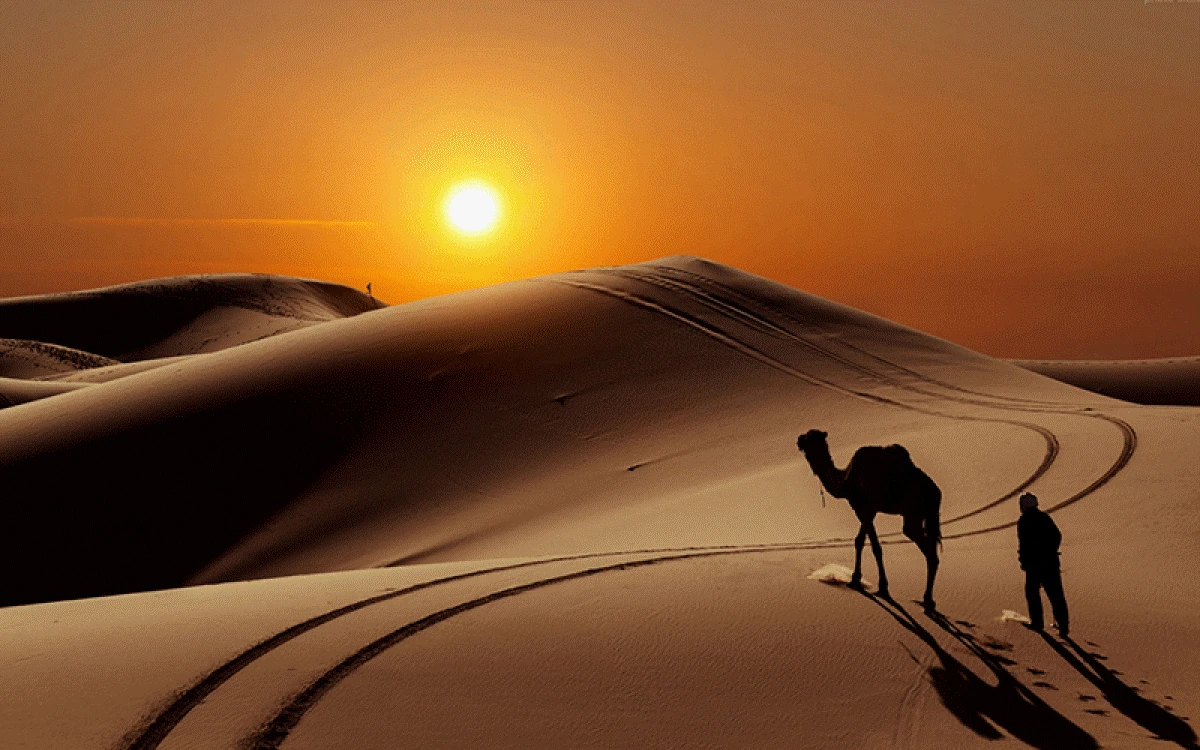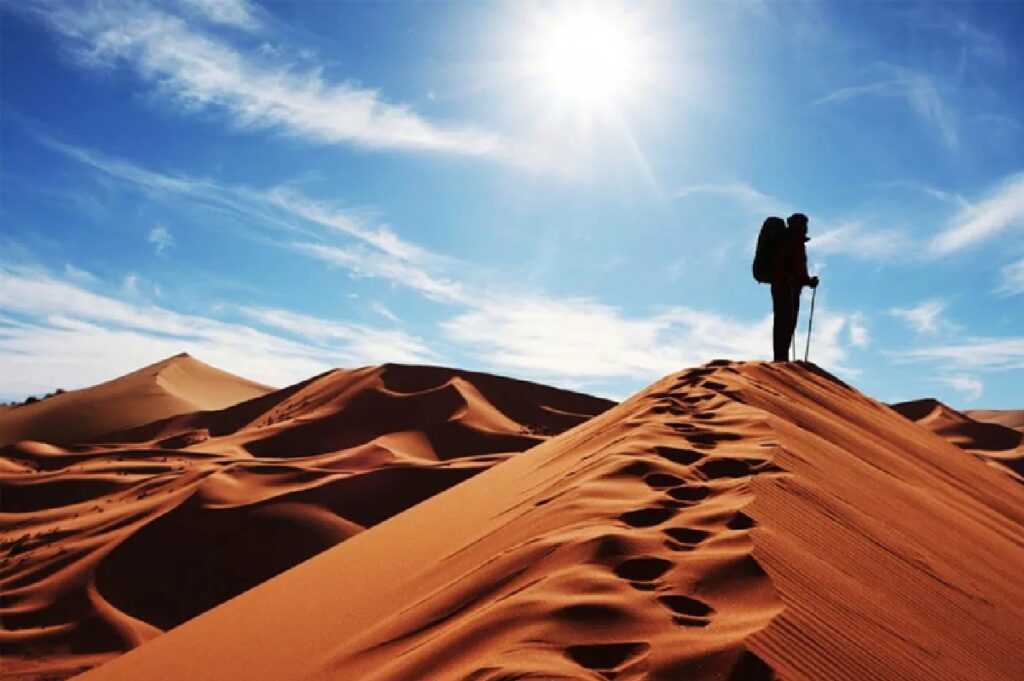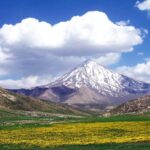Lut Desert, also known as Dasht-e Lut, is a vast, arid region located in southeastern Iran. Covering an area of approximately 51,800 square kilometers, this UNESCO World Heritage site offers an array of activities for adventurers and nature enthusiasts. In this article, we will explore the geography, climate, vegetation, wildlife, and activities in the Lut Desert, including what the desert is like at night.
Geography of Lut Desert
Lut Desert is located in the southeastern part of Iran, bordered by the provinces of Kerman, Sistan, and Baluchestan. The desert is divided into two main parts: the western and the eastern regions. The western region includes the Rig-e Yalan sand dunes, which are the tallest in the world, reaching up to 500 meters in height. The eastern part of the desert is known for its vast salt flats and the Kalouts, which are natural rock formations created by wind erosion.
The climate of Lut Desert
The climate in Lut Desert is one of the harshest in the world, with temperatures reaching up to 70°C (158°F) during the day and dropping to below freezing at night. The desert’s arid conditions are caused by its location between two mountain ranges, the Zagros and the Barez, which prevent moisture from reaching the area. The lack of rainfall and high temperatures make it one of the driest and hottest places on Earth.
Vegetation and wildlife of Lut Desert
The vegetation in the Lut Desert is sparse due to the extreme climate conditions. However, there are some species of desert plants, including Scandix, Takh, and Nesi, which can be found in the eastern part of the desert. Trees and shrubs can also be seen in a 20-kilometer radius of the Shadad area. In the central parts of the desert, there is no wildlife. However, in the outskirts of the Lut Desert, animals that are tolerant of water scarcity can survive. These animals include various species of snakes and scavenger birds, Jerd, Pamsuky, Fox, Sand Cat, and various lizards. About 70 species of birds have also been observed in the Lut Desert, all of which have a common feature of being white to absorb less heat.
Activities in Lut Desert
Lut Desert offers a variety of activities for adventurers and nature enthusiasts. The sand dunes of the Lut Desert are a popular destination for sandboarding, dune bashing, and other activities. Visitors can also experience camel riding, four-wheel drive safaris, and hiking. The Rig-Yalan region is ideal for hiking and trekking, offering stunning views of the desert’s unique flora and fauna.
Stargazing is another popular activity in the Lut Desert, as the region has some of the clearest and darkest skies in the world. Visitors can enjoy the breathtaking view of the Milky Way and other celestial objects. At night, the temperature drops significantly, and the desert takes on an entirely different character. The stars twinkle in the sky, making it a surreal and magical experience.
Importance of Lut Desert
Lut Desert is not only a popular destination for tourists but also holds significant scientific importance. The desert is considered a laboratory for studying the effects of climate change and aridification. It is also home to several rare species of plants and animals that have adapted to the harsh desert environment.
Last word
Lut Desert is a land of extremes and adventures, offering a unique experience for adventurers and nature enthusiasts. The desert’s harsh climate conditions, unique geography, and sparse vegetation and wildlife make it a challenging and unforgettable destination. Visitors can indulge in a range of activities, including sandboarding, camel riding, and hiking, and enjoy stargazing in one of the clearest skies in the world. At night, the desert takes on an entirely different character, providing a surreal and magical experience. Exploring the Lut Desert is an unforgettable adventure that should not be missed. Additionally, the desert’s scientific importance makes it a valuable location for researchers studying the effects of climate change and aridification.Take part in our guided tours to the Lut Desert, providing you a nice visit with a deeper understanding of the desert.
Let us know your ideas and comments about this desert in the comment box below, we will be happy to hear from you!





















One Response
Spot on with this write-up, I really believe that
this site needs a great deal more attention. I’ll probably be returning to see more,
thanks for the advice!